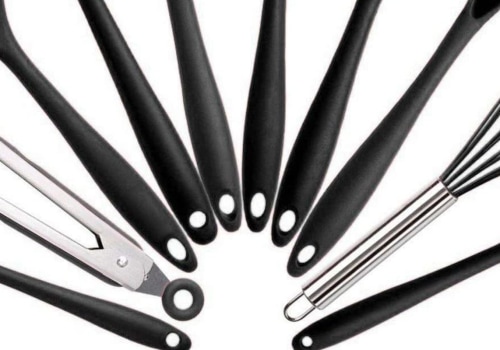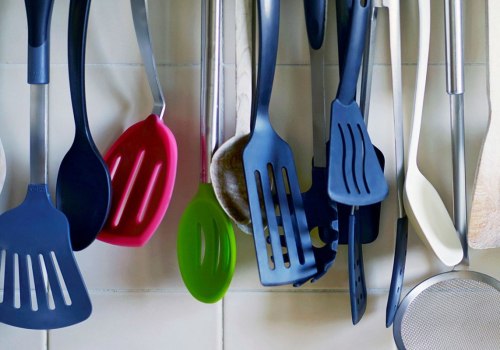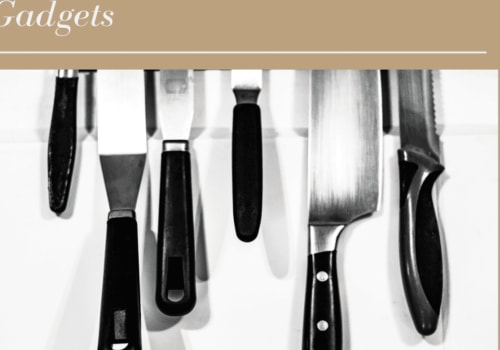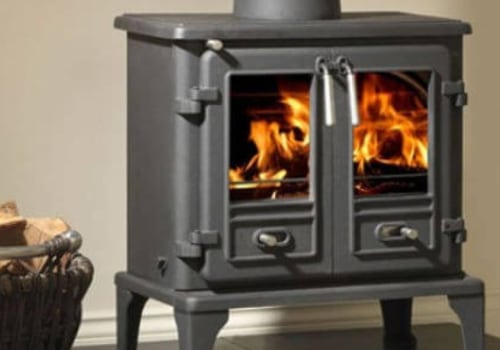Today, there are many materials for cookware on the market, from metals to woods, glass and synthetics. We will find out the pros and cons of each material, which ones are safe to use and which are not. And finally, you can decide which ones are worth investing in. Nylon is a synthetic material that is a poor conductor of heat, making it the most commonly used material for making spoons, spatulas, and other kitchen utensils.
Silicone is a compound composed of quartz sand, carbon, hydrogen, oxygen and perhaps more elements. All of these elements are not harmful and according to the FDA, silicone products are safe to use. Silicone is widely used to make carpets, spatulas, spoons, beaters, and other kitchen utensils. Steel is an alloy of iron and carbon, while adding 10.5% chromium will make it stainless steel.
Food-grade stainless steel must contain 16% chromium. Nickel is sometimes added to increase the characteristics of stainless steel. Stainless steel firing material is also mixed with other metals such as aluminum and copper to increase its conductivity. Wooden kitchen utensils have been in use for thousands of years.
Wood is mainly used to make stirring and serving utensils such as spatulas, spoons, plates, and more. Glass utensils are becoming more and more common today because of their decent appearance which can easily fit into any kitchen. Glass is mainly used to make pans, plates, cups, plates and much more. Teflon is basically a coating for making utensils non-stick which is also called PTFE.
Aluminum cookware is also commonly used but untreated aluminum cookware is not safe to use. Conversely, aluminum cookware coated with stainless steel or with a non-stick or anodized coating is safer to use. It's best not to use aluminum utensils on a daily basis if you don't want heavy metals to seep into your food. Plastic utensils are used in almost every kitchen in the world.
Plastic materials such as nylon, silicone, etc are safe to use while other cheap plastics are not. It is best to avoid plastic utensils other than nylon and silicone as much as possible. Among these wooden and plastic handles are the most common because they have most of the above properties are inexpensive and are readily available. Glass is considered to be one of the safest materials for cooking food because it does not release any harmful chemicals.
Glass is also not reactive and does not react with basic or acidic foods or with any other food. In addition glass can easily break with force or sudden changes in temperature. Anodized or coated stainless steel may release a small amount of nickel or cadmium when used improperly but there is no evidence of serious health problems when using improved stainless steel utensils. However it is recommended to avoid stainless steel that contains nickel if you are allergic to nickel.
In general stainless steel is reliable to use but silicone sits on top because it doesn't leak any chemicals into food and is resistant to cracking while wood bamboo and nylon don't leak any chemicals either they can crack over time and harbor bacteria so wooden and bamboo utensils need to be replaced more frequently than silicone and nylon utensils to avoid sanitary problems. There are many grades of stainless steel on the market today Steel is made by adding carbon to iron In addition 10 5% chromium is added to give it the name stainless For stainless steel to be food grade it must contain at least 16% chromium Nylon and silicone are popular materials especially for kitchen utensils A lot of people want to know which is better The main differences between nylon and silicone kitchen equipment are detailed below For beginners who don't know what to buy & sell they have 0 experience in importing from China you can get answers to all the questions in this tutorial Using wooden kitchen utensils offers several advantages For example it's safer to use wooden utensils regardless of the material of your cookware Won't scratch melt or cause any damage Wood doesn't react to any type of ingredient It allows you to experiment with preparing dishes without worrying about chemicals or toxins entering your food In short cooking with wooden utensils is much safer Not to mention that wooden utensils are more affordable compared to other cookware and equipment materials on the market Investing in these traditional cookware helps you save money in the long run When it comes to storing food for later servings it's best to invest in glass food containers It does not lose toxins to the food inside It also helps keep food fresh and healthy Enameled cast iron is one of the safest materials for kitchen utensils and equipment Most high-quality cookware and cookware are made of enameled cast iron It is durable and with a durable construction Aside from that utensils and kitchen equipment made of enameled cast iron are cheaper than other materials It has been used for a thousand years and remains an effective kitchen tool thanks to its durability Many people deliver their enameled cast iron cookware and cookware to their next generation because of their ruggedness.



